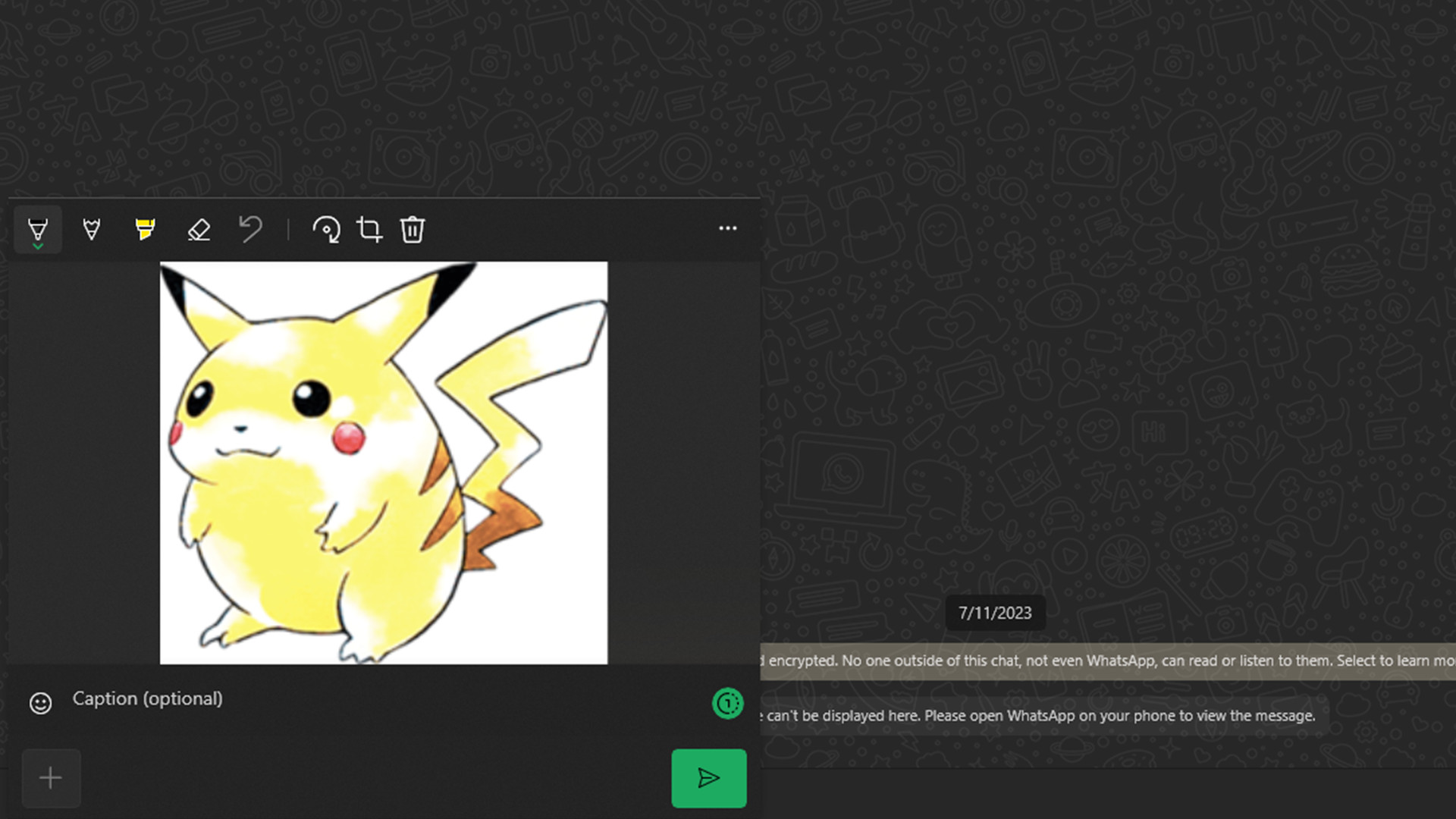Meta is rolling out a View Once feature to WhatsApp on desktop and web allowing users to send out time-sensitive content.
The update was initially discovered by WABetaInfo as the tech giant has yet to formally announce it. Looking at WABetaInfo's report, it’s basically the exact same feature on the mobile. WhatsApp added View Once to its smartphone app back in 2022 as a new privacy tool. Pictures or videos sent to contacts in this manner cannot be saved. Once the recipient looks at the file, it’s gone forever. This ensures sensitive material is never seen by outside parties, shared with others, or risks being taken by a bad actor. Apparently, this was highly requested as WABetaInfo claims people complained about “the inability to send view once messages” on desktop. It seems Meta heard the outcry, although it did take the company over a year to respond.
Vital details
There are some minor details you should know about.
Recipients have 14 days to open the media or it’ll be automatically deleted, according to WhatsApp’s Help Center. The other person cannot take screenshots of the temporary content, but only if they have the latest version of WhatsApp installed. It is possible for others to screenshot a View Once file if they're running outdated software. As a result, the company recommends strictly sending content to trusted individuals. There are plans to rectify the privacy gap, however no word on when Meta will address this issue.
Do note you cannot send multiple temporary images at once. You have to send each file one by one. Plus, as pointed out by Windows Central, you can rewatch temporary videos “as often as you’d like”, but you have to stay in the interface. Clicking play prematurely or leaving the window will lose you access.
The update will be available to both Windows and macOS users. WABetaInfo states the update is being released in waves so only a select group has access to it at the moment. We recommend keeping an eye out for the patch when it arrives.
How to send View Once content
Sending a View Once photo is easy. After launching WhatsApp on desktop and selecting a chat, click the attachment icon next to the text box then choose an image. Above the send button is a number one inside of a disappearing circle. Clicking that icon activates the View Once function. Send the picture to someone and it'll delete the moment they close it.
WhatsApp on web has a different layout, but luckily the process is exactly the same.

While we have you, be sure to follow TechRadar’s official WhatsApp channel to get our latest reviews sent right to your phone.
You might also like
via Hosting & Support
Comments
Post a Comment